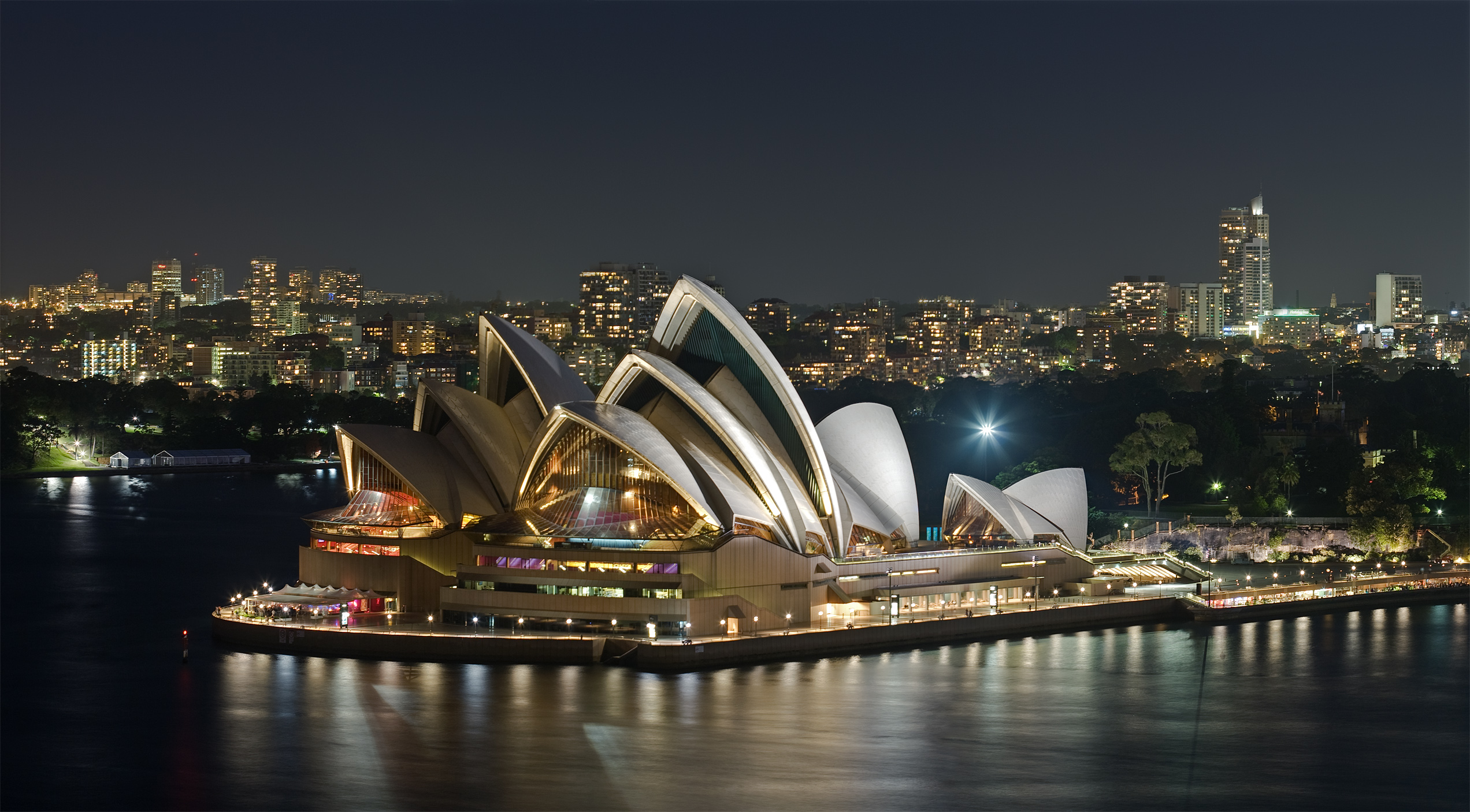el tramvia tardó 10 minutos en llegar. Esta salida se me ha hecho curiosa
Lucas Krauel, cirujano especialista en pediatría en el Hospital de Sant Joan de Deu lleva años combatiendo contra el neuroblastoma, un tipo de tumor muy agresivo que afecta especialmente a los niños. Este tipo de cáncer es muy difícil de operar debido a que el tumor crece cerca de arterias y vasos sanguíneos.
Viendo esta situación, la fundacion CIM propuso a Krauel utilizar impresoras 3D para crear reconstrucciones exactas de los tumores y así aumentar el éxito en las intervenciones. Para ello, utilizaron datos de un TAC y de una resonancia de un niño que sufría esta enfermedad, y a partir de esta información, reconstruyeron en 3D el tumor, las arterias y los órganos afectados. Utilizaron dos materiales distintos para esta maqueta; un plástico duro para representar las partes intocables, como las arterias o los vasos sanguíneos, y por otro lado, una resina blanda para representar la textura del tumor.
En todos los prototipos elaborados, el volumen del tumor correspondía de forma exacta a estos, facilitando la intervención de hasta 5 niños que en la actualidad están “curados y llevando una vida normal”.
Aun así, el proceso es muy costoso y requiere mucho tiempo. En ese sentido, la Fundació CIM sigue trabajando para mejorar este tipo de procesos sin que requiera este coste de tiempo y dinero para que algún día las impresiones 3D de tumores sean tan comunes como las radiografías.
 |
| Aplicacion a la medicina |


